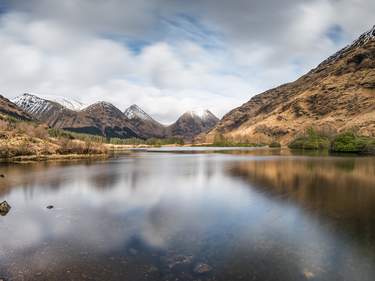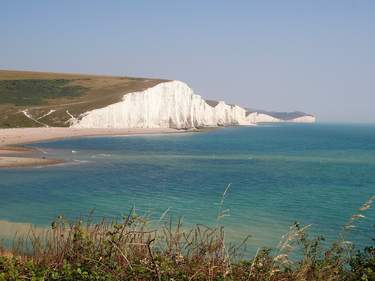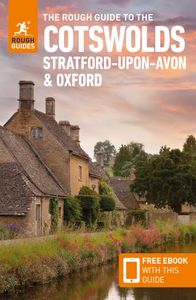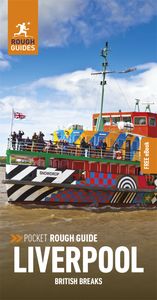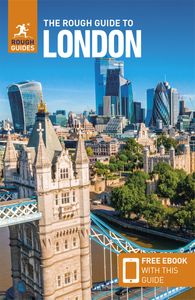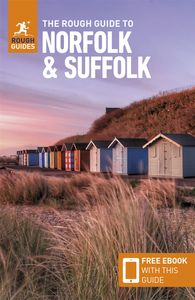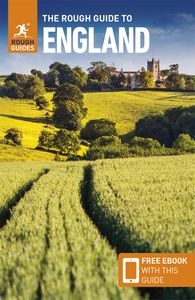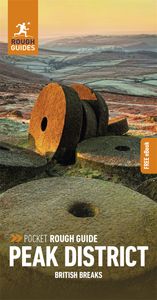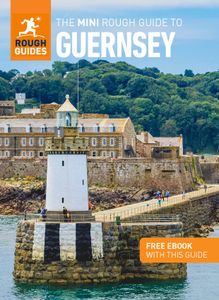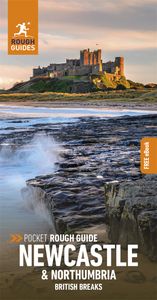Brantwood
Sited on a hillside above the eastern shore of Coniston Water, Brantwood was home to John Ruskin from 1872 until his death in 1900. Ruskin was the champion of J.M.W. Turner and the Pre-Raphaelites and foremost Victorian proponent of the supremacy of Gothic architecture. His study and dining room boast superlative lake views, bettered only by those from the Turret Room where he used to sit in later life in his bathchair.
The surviving Turners from Ruskin’s own art collection are on show, and other exhibition rooms and galleries display Ruskin-related arts and crafts, while the excellent Jumping Jenny Tearooms – named after Ruskin’s boat – has an outdoor terrace with lake views. Meanwhile, paths wind through the lakeside meadows and into the various gardens, some based on Ruskin’s own plans – his slate seat is sited in the Professor’s Garden.
Coniston’s speed king
On January 4, 1967, Donald Campbell set out to better his own world water-speed record (276mph, set three years earlier in Australia) on the glass-like surface of Coniston Water. Just as his jet-powered Bluebird hit an estimated 320mph, however, a patch of turbulence sent it into a somersault. Campbell was killed immediately and his body and boat lay undisturbed at the bottom of the lake until both were retrieved in 2001. Campbell’s grave is in the small village cemetery behind the Crown Hotel, while the reconstructed Bluebird is displayed in a purpose-built gallery at the local museum, where you can find out more about Campbell and that fateful day.
Eskdale
Eskdale is perhaps the prettiest of the unsung Lake District valleys, reached on a long and twisting drive from Ambleside, over the dramatic Hardknott Pass. It can also be accessed from the Cumbrian coast by the Ravenglass and Eskdale Railway – either route ends up in the heart of superb walking country around the dead-end hamlet of Boot.
Here, there’s an old mill to explore and several local hikes, not to mention the three-mile walk or drive back out of the valley to the superbly sited Hardknott Roman Fort (always open; free), which commands a strategic and panoramic position. There’s plenty of rustic, hideaway accommodation in Eskdale, including a great selection of old inns – if you’re looking for an off-the-beaten-track stay in the rural western Lakes, with walks off the doorstep, you won’t find better.
Grasmere and around
Four miles northwest of Ambleside, the village of Grasmere consists of an intimate cluster of grey-stone houses on the old packhorse road that runs beside the babbling River Rothay. Pretty it certainly is, but it loses some of its charm in high summer thanks to the hordes who descend on the trail of the village’s most famous former resident, William Wordsworth (1770–1850). The poet, his wife Mary, sister Dorothy and other members of his family are buried beneath the yews in St Oswald’s churchyard, around which the river makes a sinuous curl.
There’s little else to the village, save its gift shops, galleries, tearooms and hotels, though the lake is just a ten-minute walk away, down Redbank; tremendous views unfold from Loughrigg Terrace, on its southern reaches. A four-mile circuit of Grasmere and adjacent Rydal Water takes around two hours, with the route passing Wordsworth haunts Rydal Mount and Dove Cottage.
Dove Cottage
Dove Cottage, home to William and Dorothy Wordsworth from 1799 to 1808, was the place where Wordsworth wrote some of his best poetry. Guides, bursting with anecdotes, lead you around the cottage rooms, little changed now but for the addition of electricity and internal plumbing. In the adjacent museum are paintings, manuscripts (including that of “Daffodils”) and mementos of the so-called “Lake Poets”, Robert Southey and Samuel Taylor Coleridge, as well as “opium-eater” Thomas De Quincey who also lived in the cottage for several years.
Rydal Mount
At Dove Cottage Wordsworth had been a largely unknown poet of straitened means, but by 1813 he’d written several of his greatest works (though not all had yet been published) and had been appointed Westmorland’s Distributor of Stamps, a salaried position which allowed him to take up the rent of a comfortable family house. Rydal Mount remained Wordsworth’s home from 1813 until his death in 1850, and the house is owned by descendants of the poet. You’re free to wander around what is essentially still a family home, as well as explore Wordworth’s cherished garden.


